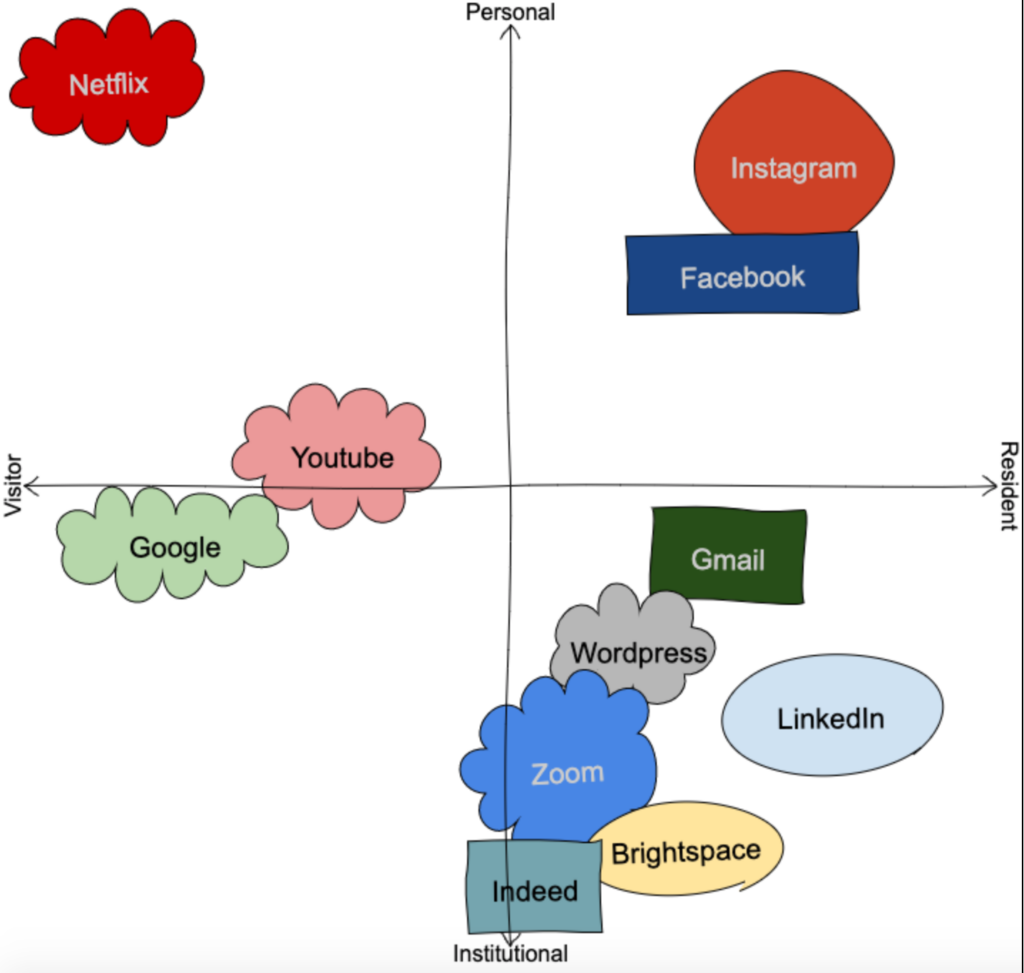Community communications go beyond blogs and social media shares; how does a PLN help and hinder development of thoughts and ideas in education discourse?
A PLN can help the development of thoughts and ideas in education discourse due to its nature of being able to connect a multitude of individuals that share the same goals and/or needs. In other words, a teacher that has created a PLN with various other teachers would gain access to the collaboration and insight on various learning styles and/or techniques that have been deemed successful by another (or multiple) individual(s). With that being said, PLN can also hinder the development of thoughts and ideas in education discourse due to information overload; this would occur when a teacher requests for an answer/thought/opinion among their PLN and is met with a multitude of various responses. This would make the development of their thought/idea much more difficult as they become overloaded with various solutions. This factor would be especially problematic in scenarios where there isn’t a clear ‘correct’ response.
How do educators create discourse?
PLN’s ability to create discourse would without a doubt exceed that of an educator’s ability to do so, but does have some drawbacks – the main one being the lack of control of the words/actions of others. Luckily for educators, they have the ‘upper-hand’ when dealing with this variable due to their ability to promote a safe and inclusive educational setting/classroom. After creating this setting within their students, educators can create discourse using various learning strategies; whether it’s behaviorism (the idea that all behaviors are learned through interaction with the environment, seen in hands-on experiences in an educational environment), cognitivism (the idea that humans learn from thinking, seen in reflective writing assignments), or constructivism (learning strategy that emphasizes collaboration and recollection of experiences in order to construct new knowledge, seen in open-ended questions in group settings).
What is the role of social media in education?
Given that social media refers to the means of interactions among people in which they create, share, and/or exchange information and ideas in virtual communities and networks, its main role in education should be as a facilitator. In other words, social media should be used as a means to facilitate (1) communication between both the student and the teacher, as well as student to student, and teacher to teacher, (2) facilitate engagement between students and their learning topic, and (3) to facilitate personalization in order to maximize both the communication and engagement aspect of learning.
What are some problems with social media communications in education settings?
I believe the biggest problem is simply the improper use of social media as an educational tool due to a rushed implementation. More specifically, when students that are rushed into using a certain social media platform in an educational setting without prior experience using said platform will experience problems such as lack of engagement (often due to the frustration that arises when they cannot properly use the platform) and exposure to misinformation (often due to the lack of discrimination training in differentiating fact from opinion).

Recent Comments